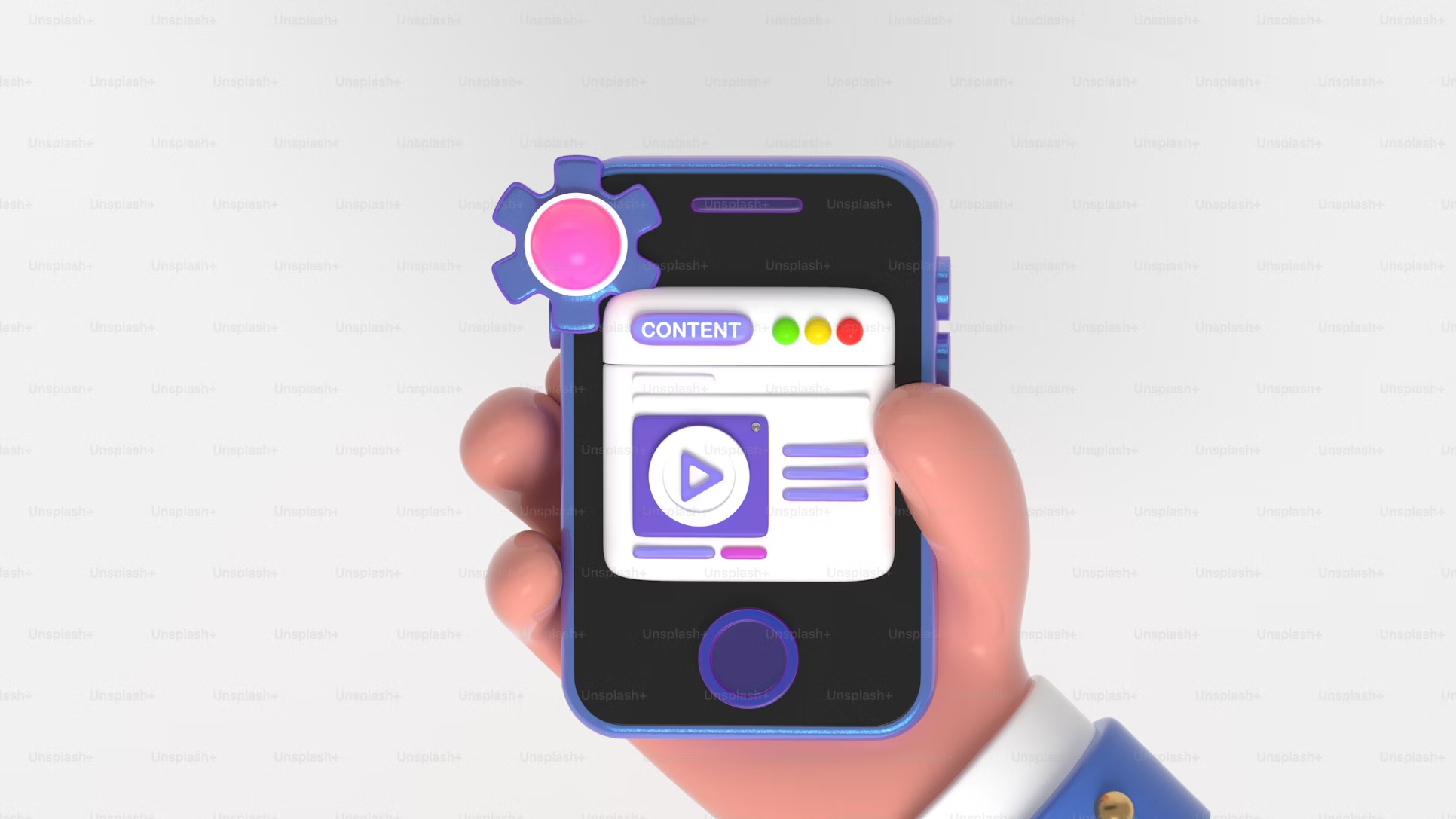How to Streamline Your Customers’ Shopping Experience?
The goal for any online store is to make shopping as smooth as possible. When visitors move through a site without friction, they are more likely to buy and return. Below is a look at why customer experience matters and practical steps to simplify every stage of the journey.
Quick Links
Then came the rise of online shopping and it flipped the whole script. Suddenly you didn’t need to leave your couch to buy a sweater or a laptop or a gallon of shampoo. Everything was just a click away. First it was just big stuff like electronics or books. Then it was literally everything.
And what’s wild is, it’s not just the convenience that’s made online shopping the default. It’s the fact that people don’t even want to “go shopping” anymore. They want things to come to them. People expect deliveries in a day or two. They want their favorite items saved for next time. They want suggestions based on what they like. They want to feel like they’re being looked after without actually talking to anyone.
But it’s not all perfect. There’s a lot of online stores that just don’t get it. Sites that take forever to load. Product pages that feel like they were made in 2005. Checkout processes that ask for your blood type. And that ruins it.
People are picky now. And honestly? They’ve got the right to be. With so many options, if your store isn’t keeping up, they’re clicking away and not looking back.
What Even Is a Good Shopping Experience?
So here’s the thing. A “good” shopping experience isn’t about throwing discounts everywhere. It’s not just about having cool products or a flashy homepage either.
What really matters is how the whole thing feels. If someone lands on your site and it’s clean, fast, and makes sense, that’s already a win.
But let’s go deeper. Imagine this:
- The website opens quickly on both desktop and phone.
- It’s easy to search for stuff without typing in full product names.
- The product pages are clear, have good pictures, and actually useful.
- The cart is simple and doesn’t surprise people with weird fees at checkout.
- And if you’ve gotta register? It takes like 2 minutes max.
Now that right there feels smooth. Not boring. Not confusing. Just straight to the point.
Now on the flip side, what makes a shopping experience bad? Slow websites for sure. Nothing turns people off more than waiting more than 4 seconds for a page to load. Then there’s clunky menus that don’t work properly. Or when product filters glitch out. Or when you finally get to checkout and boom—it’s asking for stuff that doesn’t even make sense.
And don’t even get me started on those forced pop-ups that block the whole screen.
People will bounce in seconds if your store’s annoying or hard to use. The tiniest things can throw someone off. If the fonts are too small. If there’s no guest checkout option. If clicking a button takes them somewhere random. These things add up.
So yeah, your online store might be working. But is it working well? That’s the question.
How Can Plugins Make Shopping Better?
So if you’ve got a WooCommerce store, you’ve got tons of options to improve how customers move around your site. But you don’t need a million tools. Just the right ones.
WooCommerce Registration Fields
Let’s start with something people always overlook, custom user registration fields for WooCommerce. It lets you customize what people fill in when they’re creating an account. So instead of the basic name and email, you can ask for stuff that actually matters to your store.
Selling clothing? Ask for size preferences. Selling skincare? Maybe ask about skin type. You can use that info later for more personalized recommendations. It makes the shopping experience feel way more tailored to them, and less like some default setup.
WooCommerce Product Filter
Another solid one is a product filter plugin. These make your categories and search way easier to use. No one wants to scroll through 9 pages of t-shirts when they’re just looking for black, size medium, crewneck. Make that process quick and watch your conversions jump.
WooCommerce Cart Abandonment
Then you’ve got cart abandonment plugins. These help remind people to finish what they started. Some send emails, some offer quick discount codes, and others just save their carts so if they come back, it’s still there waiting for them.
Live chat plugins are also super underrated. Doesn’t mean you need to be available 24/7, but just having that option for customers to ask something quickly instead of sending a whole email? That’s gold.
WooCommerce Custom Thank you Page
And finally, a thank you page customizer. You wouldn’t think this matters, but the thank you page is a huge part of the experience. That’s where you say “hey thanks for shopping” but also maybe suggest other stuff they’d like, or give them a discount for next time. You can even redirect based on what they bought, so it’s not just some boring generic page.
Each of these plugins brings a different type of value. They focus on making the whole thing smoother without being too in-your-face. You don’t want a site that feels like it’s trying too hard. Just one that works and respects the customer’s time.
Final Take?
Making your customer’s shopping experience better isn’t about being flashy or over the top. It’s about being real. You want stuff to load fast. You want it to make sense. And most of all, you want your customers to feel like they’re not wasting their time.
This whole online shopping thing? It’s competitive. But there’s room for everyone who’s actually trying to do it right. You just gotta care about the little things. That’s where the wins are.
Whether it’s by tweaking your signup process with custom user fields, fixing your product filters, or just making sure your checkout isn’t a pain—you’ve got options. So yeah, streamlining the shopping experience might take a bit of setup. But if it means people come back and trust your store? Totally worth it.
Strengthening Brand-Customer Relationships Through Gamified Loyalty Programs
Creating lasting connections with customers has become increasingly vital as the marketplace grows…
0 Comments6 Minutes
How to Use SEO and SEA Together in Search Engine Marketing
In digital marketing, search engine marketing (SEM) plays a critical role in improving online…
0 Comments10 Minutes
Content Marketing Growth Hacks: Real Shortcuts to Drive Traffic
Are you still lagging in content marketing? Sticking to these old strategies seems…
0 Comments10 Minutes
How to Build a Strong Local Following Using Social Media Marketing
In the days of likes, shares, and stories, local businesses have a golden opportunity to create…
0 Comments9 Minutes
Why WooCommerce is the Best Choice for Your Online Store?
WooCommerce stands out as a top option for anyone looking to build an online store. This platform…
0 Comments8 Minutes
How to Use AI-Powered SEO Tools for WordPress eCommerce
SEO is a critical factor in the success of any e-commerce WordPress store. As competition…
0 Comments11 Minutes
Why Short-Form Videos Are the Future of Content Marketing
Your Instagram customers spend over 50% of their time watching short-form videos and reels. Rather…
0 Comments12 Minutes
The Role of Digital Marketing in Business Growth
Online marketing touches every aspect of a business, whether it is initiating the idea or for an…
0 Comments3 Minutes








